Scientists generally agree that while life first began on Earth around four billion years ago, human evolution only started in earnest about six million years ago. However, they also understand that evolution within those first several billion years led directly to the eventual birth of our species.
Of course, scientists still don’t fully understand the evolutionary timeline, as pinpointing events billions of years ago is wildly challenging. But now, researchers from Spain and Germany believe they have finally found evidence of the very first brain cells, and they occurred far earlier than previously believed.
Understanding Cells Means Understanding Life
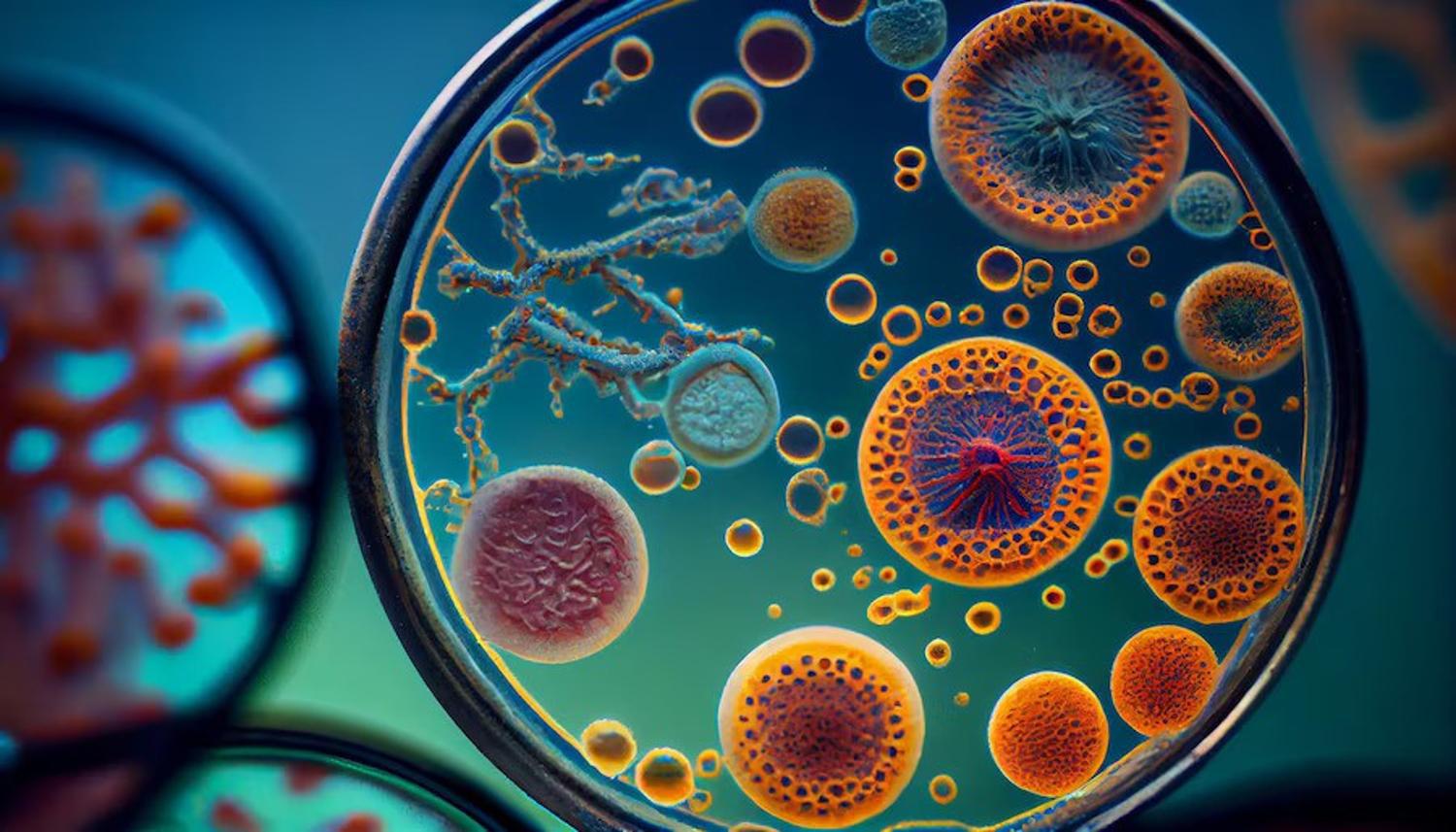
Researchers from Germany and Spain believe they have discovered characteristics of specialized cells which were most likely the precursors to the neurons in human brains today.
The importance of this recent finding cannot be understated. As evolutionary biologist Arnau Sebé-Pedros explained, “Cells are the fundamental units of life, so understanding how they come into being or change over time is key to explain the evolutionary story of life.”
Specialized Cells Found in 800-Million-Year-Old Organisms
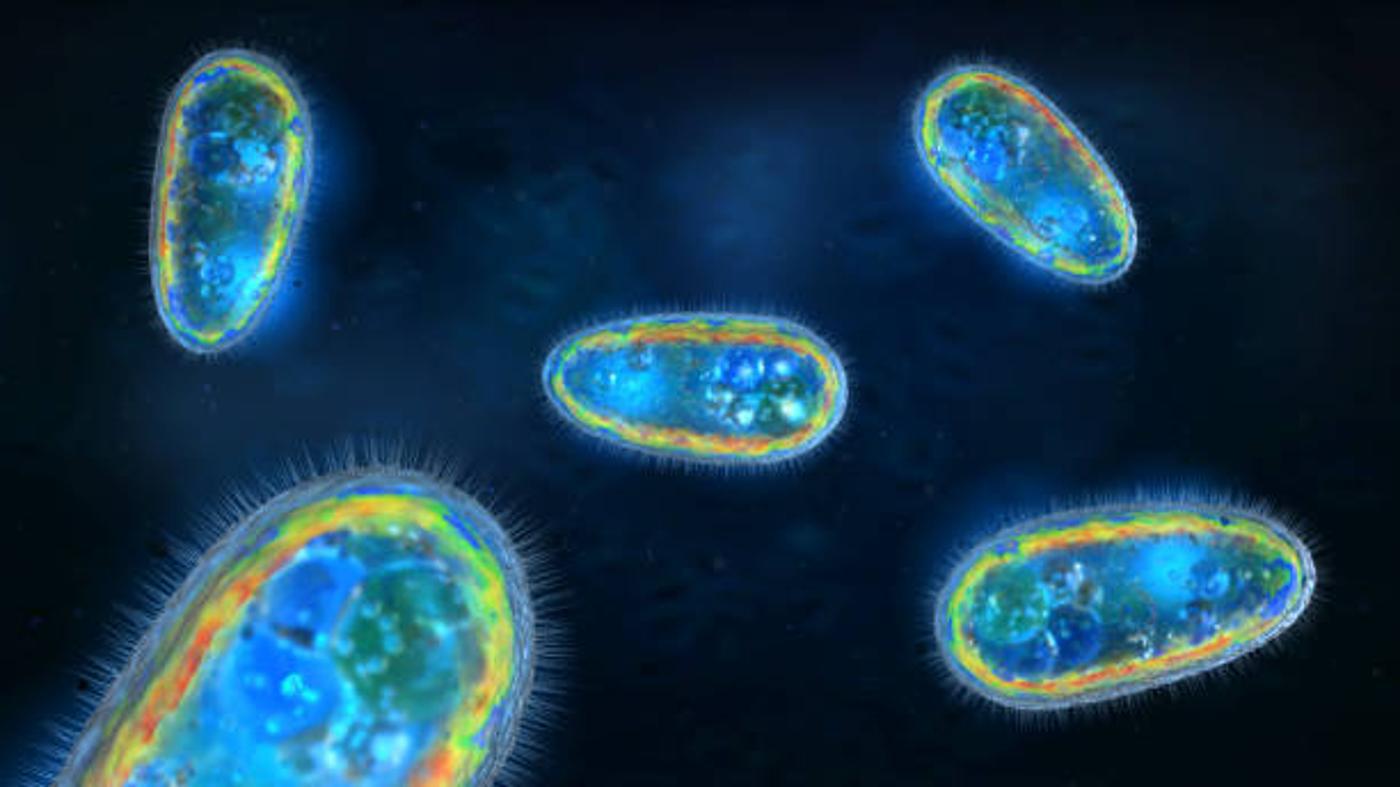
It may be easy to understand why cells, and more specifically brain cells, are so important to all life but also human life. However, trying to grasp the science behind this discovery is a little more challenging.
To break it down in the simplest of terms, scientists found that a specific kind of cells, known as peptidergic cells, in the remnants of oceanic organisms called placozoans that lived around 800 million years ago functioned almost identically to human brain cells.
What Are Placozoans?
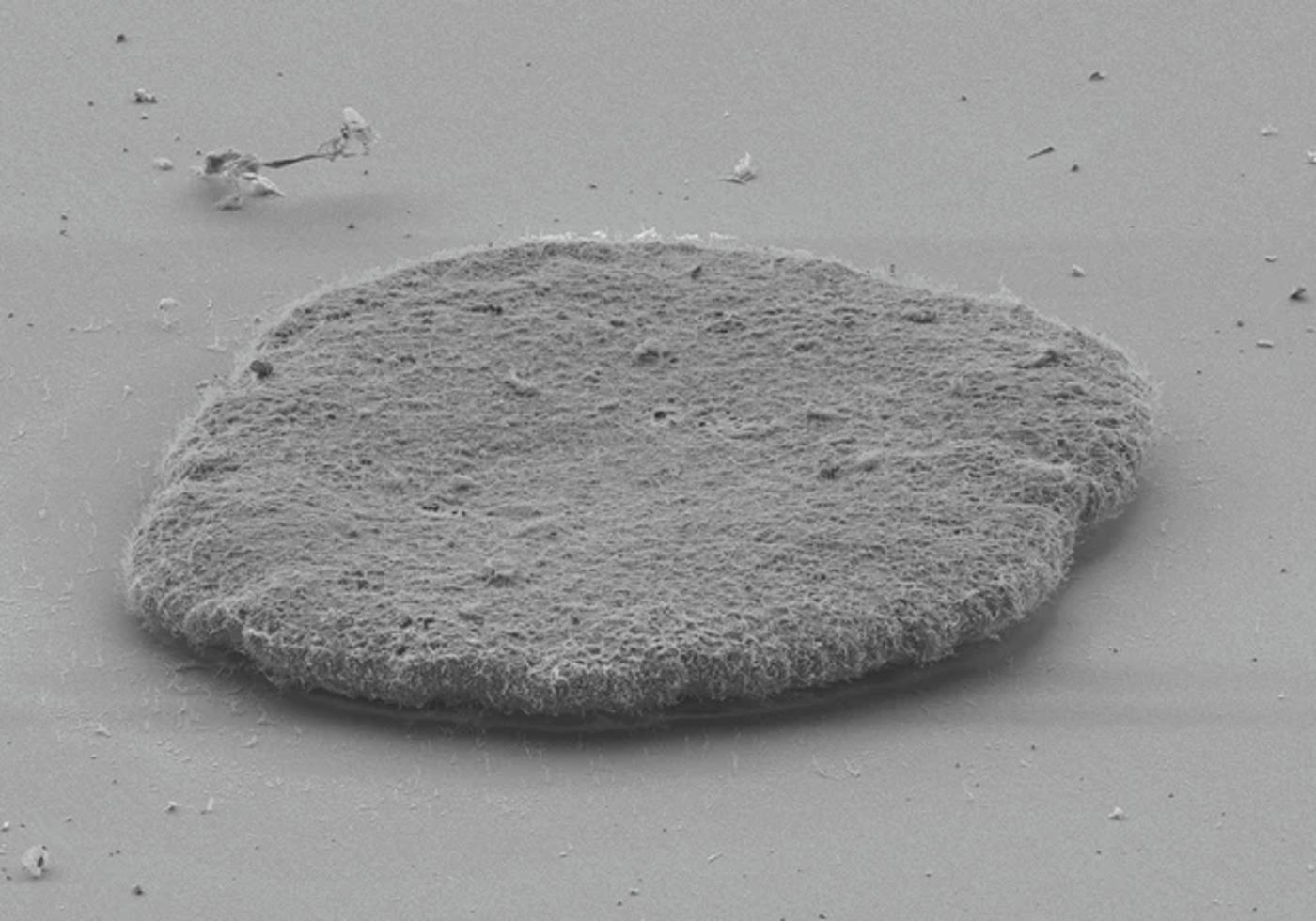
Now, placozoans are incredibly interesting in and of themselves, as these blob-like animals are only the size of a grain of sand and are composed of a simple aggregation of cells. In fact, these organisms are known by scientists as “the simplest animals on Earth.”
When studying these simple creatures, scientists realized that within their amalgamation of seemingly random cells, several peptidergic cells were present.
What Are Peptidergic Cells?

For millions of years, peptidergic cells helped the microscopic placozoans move throughout the ocean to find the small amount of food they needed to survive.
However, what no one knew before now was that these cells function eerily similarly to the neurons in human brains today. As Centre for Genomic Regulation cell biologist and co-author of the study Sebastián Najle explained, “We were astounded by the parallels.”
How Are Peptidergic Cells Like Brain Cells?
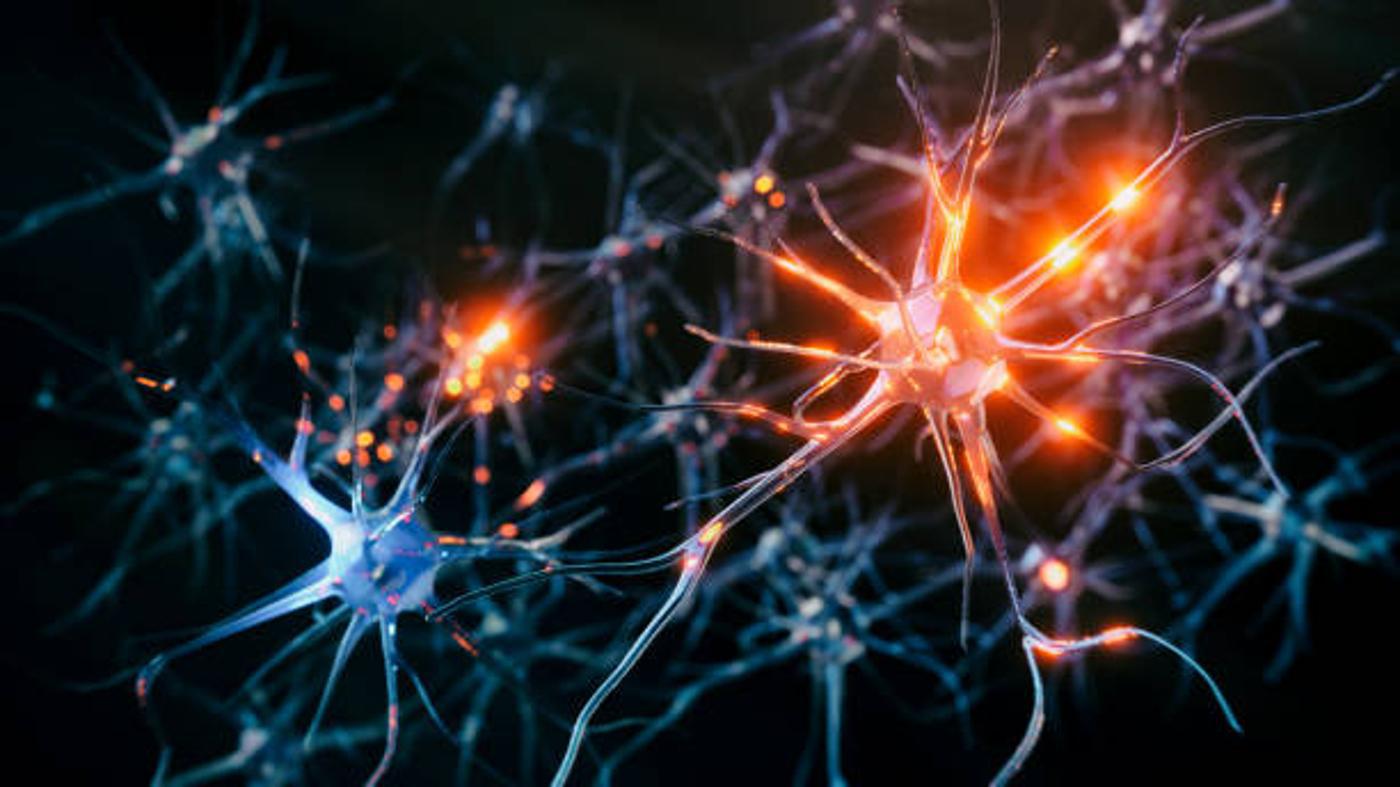
The researchers found that, like neurons, peptidergic cells release peptide signals. Peptide signals will prompt a cell to translocate a protein, usually sending it to the cellular membrane.
Peptide signals are present in almost all living organisms; however, in the human brain, peptides are responsible not only for the translocation of proteins, but also for proper neurological function.
Some of the Peptidergic Cells Have the Same Genes as Human Brains
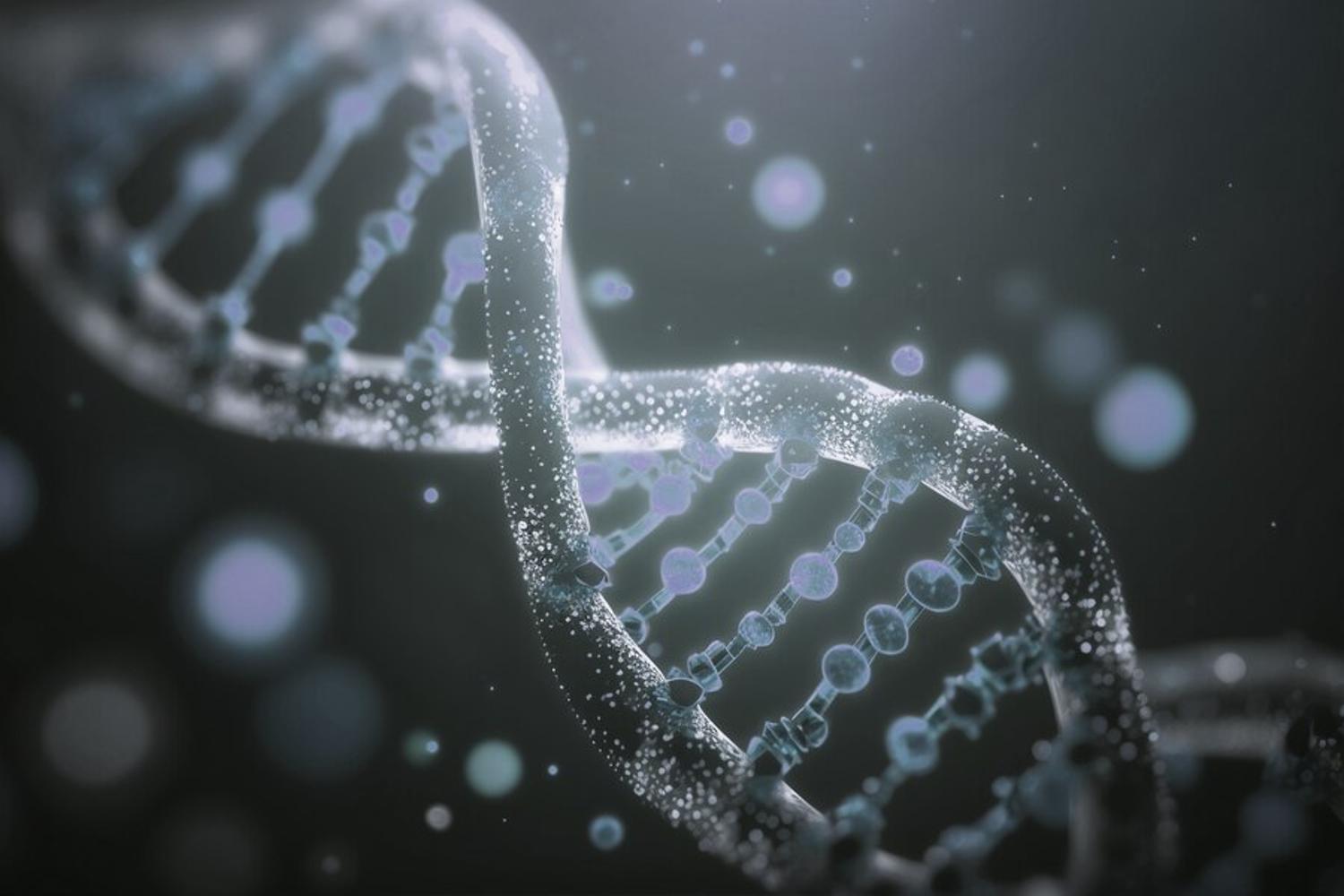
Here’s where things get really exciting: The researchers noticed that the peptidergic cells in the placozoans even had some of the same genetic makeup as the neurons in human brains today.
As Naijle explained, “The placozoa peptidergic cells have many similarities to primitive neuronal cells.” However, he also explained that the two are far from identical.
How Are the Cells of the Simplest Animals on Earth Different From Humans?
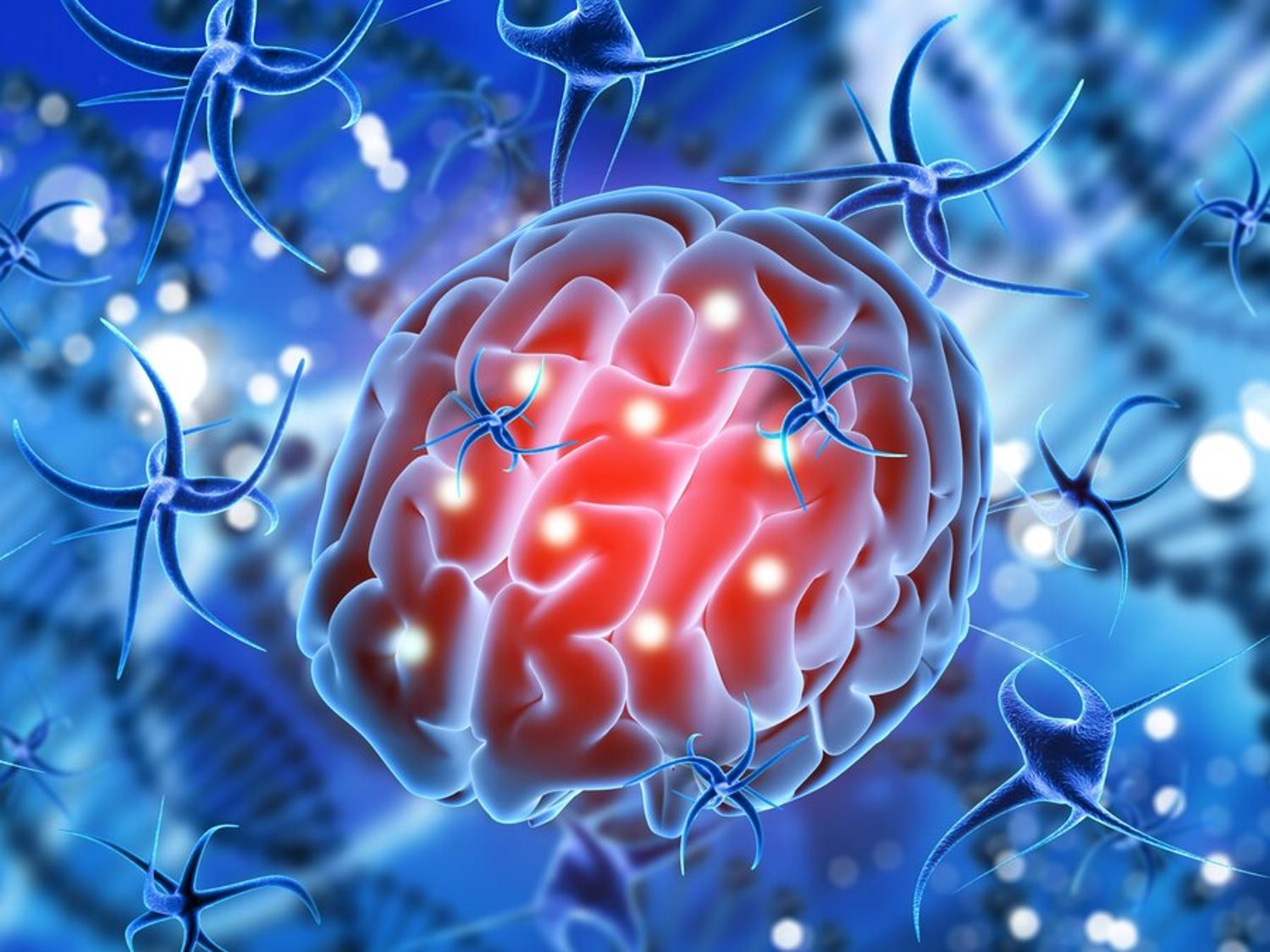
This information may make it sound like the literal simplest animal on Earth has the same brain cells as a human being, but that’s not exactly the case. Although they do have many similarities, there are also several differences.
First and foremost, neurons in the human brain can both send and receive peptide signals, whereas the cells within the blob-like organisms can only send them. Additionally, neurons can generate electrical signals, which peptidergic cells cannot.
Other Ancient Organisms Didn’t Have Peptidergic Cells
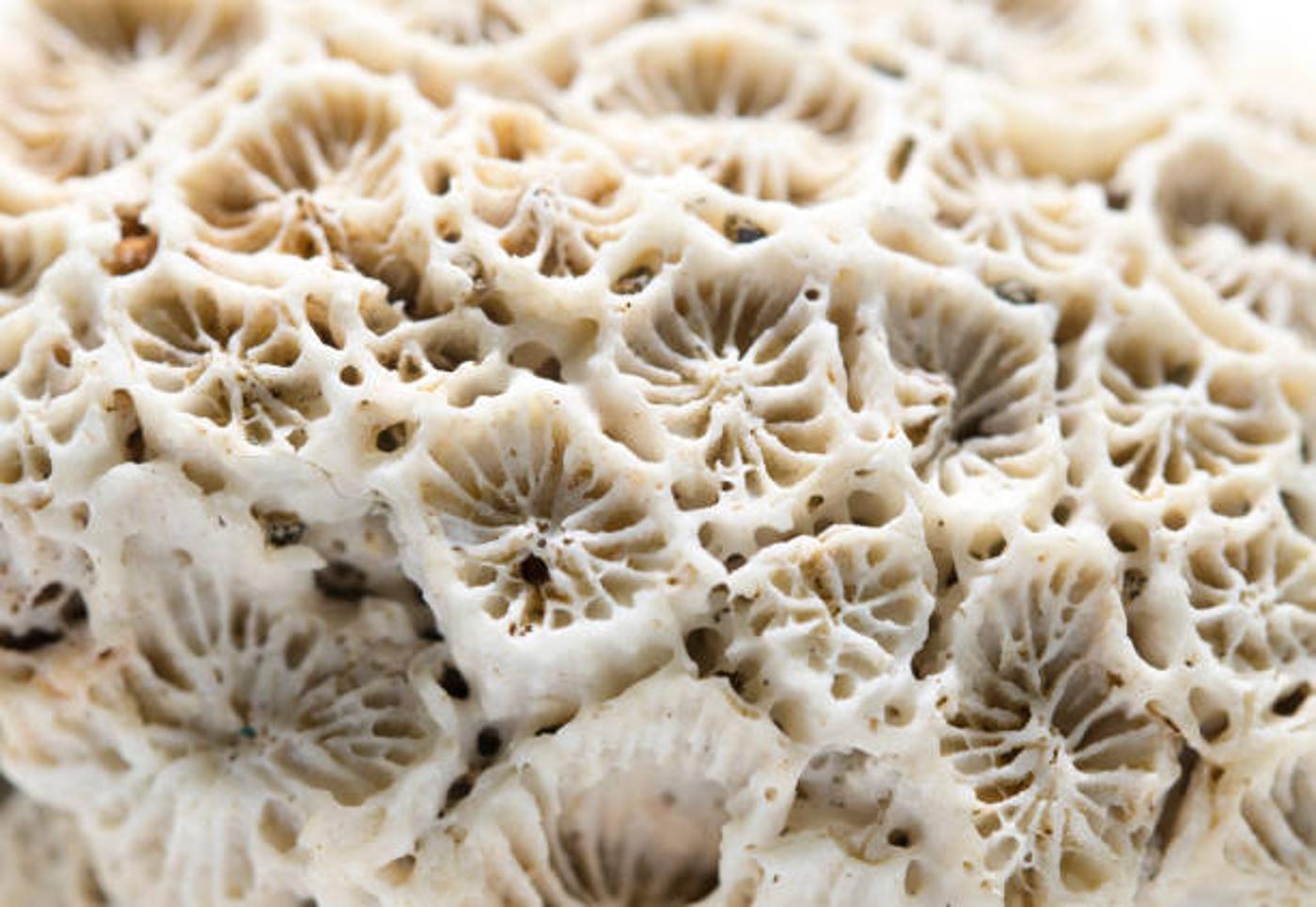
Even though almost all living organisms today do have a kind of peptidergic cells, that wasn’t the case hundreds of millions of years ago.
The neuron-like genes within the peptide-releasing cells were hyper present in the placozoans, but they were not found in other early animals like ancient sponges and comb jellies.
These Cells Could Have Been the First Stepping Stone Toward Human Evolution
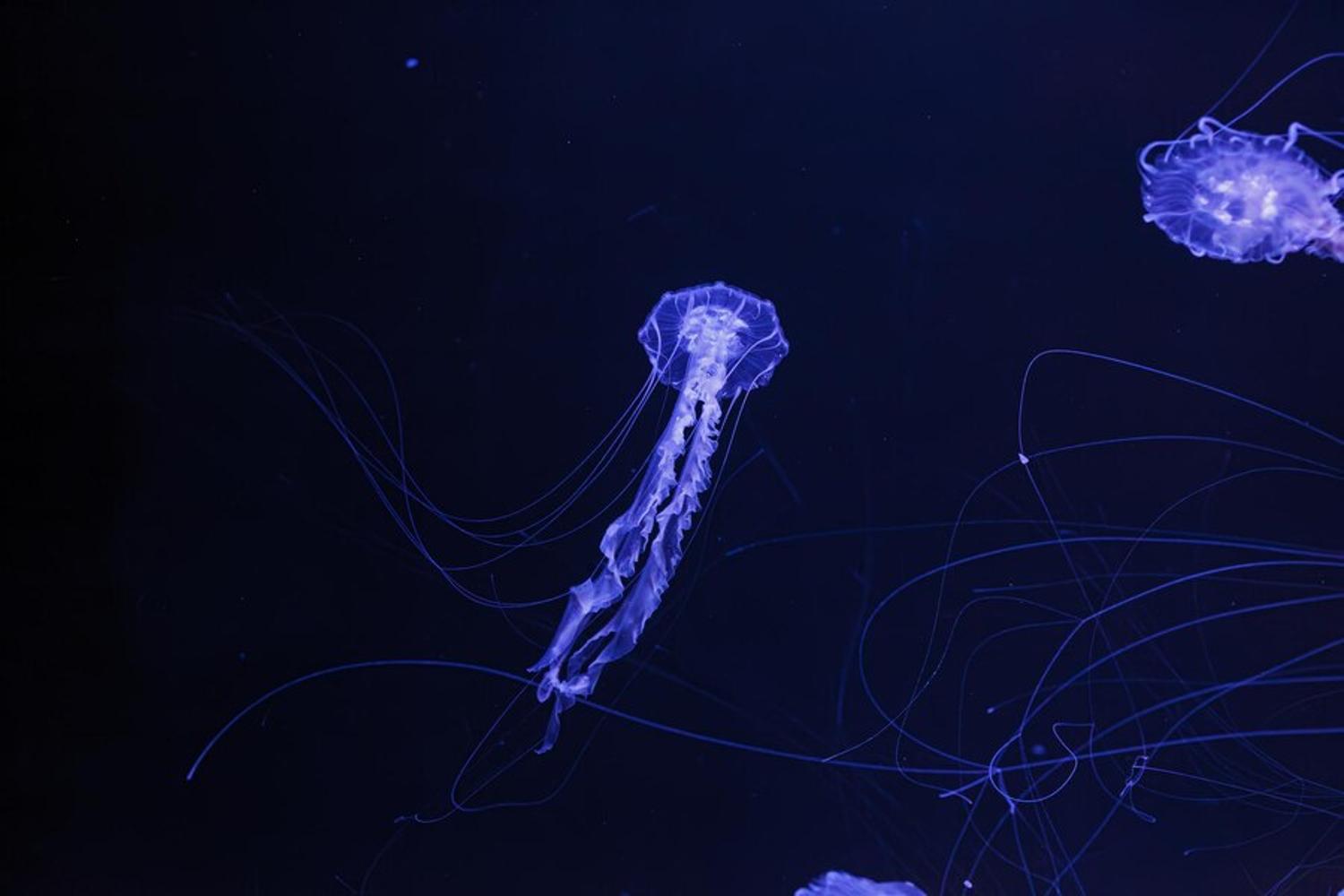
Because the peptidergic cells found in placozoans had such similarities to modern neurons and many other organisms either didn’t have the specific cells or they weren’t as similar to neurons, scientists believed these exact cells were the first stepping stone in human evolution.
Experts understand that the first modern neuron appeared in a common ancestor of the jellyfish some 650 million years ago. But now, they believe they found the cell that led to that neuron which eventually led to our species.
More Research Needs to Be Conducted

Of course, they cannot confirm this theory just yet. Far more research will need to be conducted before scientists can say with complete certainty that placozoans were home to the first cells that later created the neuron.
But research will absolutely continue; as Sebé-Pedros explained, “Placozoans, ctenophores, sponges and other non-traditional model animals harbor secrets that we are only just beginning to unlock.”
An Accurate Timeline for Human Evolution Could Change the Way We Understand Life

This research is extremely exciting not just for scientists but for the entire human race. Understanding the evolutionary timeline of life on Earth, including the evolution of humans, will better help us understand who we are and where we came from.
But even more than that, it may help us understand whether Earth is truly the only planet that has or has ever had living organisms. As science and technology continue to advance, we may have even more of the answers we’ve been searching for in the very near future.








































